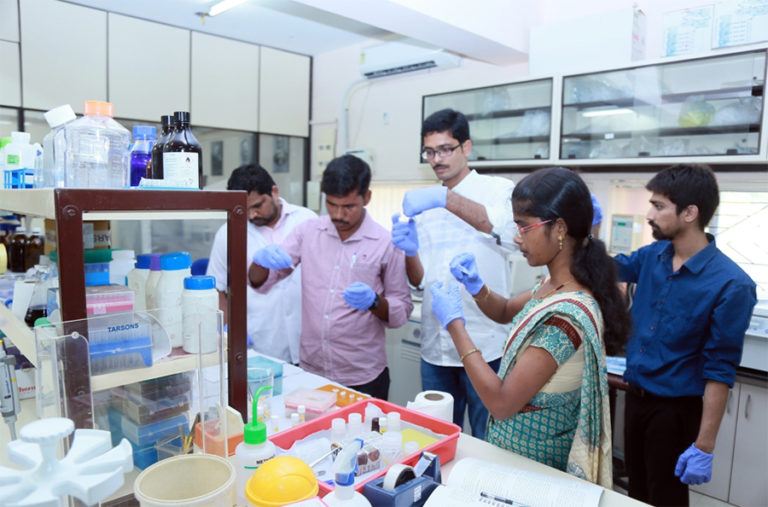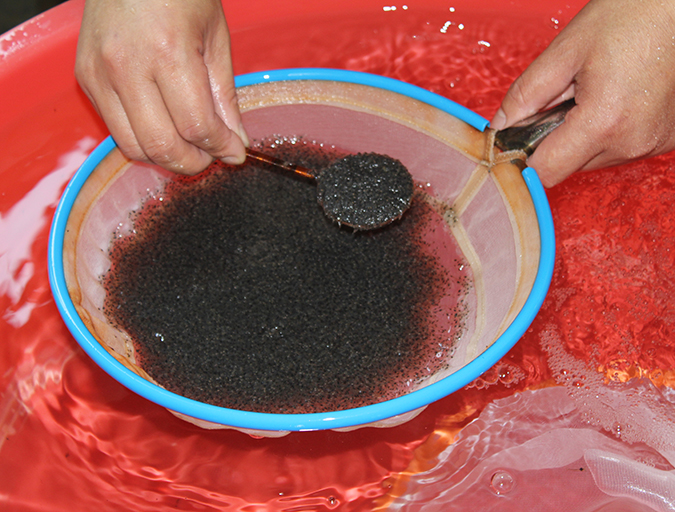
Responsibility
Growth away from the coast: Examining inland shrimp farming
Inland shrimp culture has numerous advantages – improved biosecurity, lower cost of land and reduced conflicts with other users of common resources like land and water – and will continue to expand into new areas.















